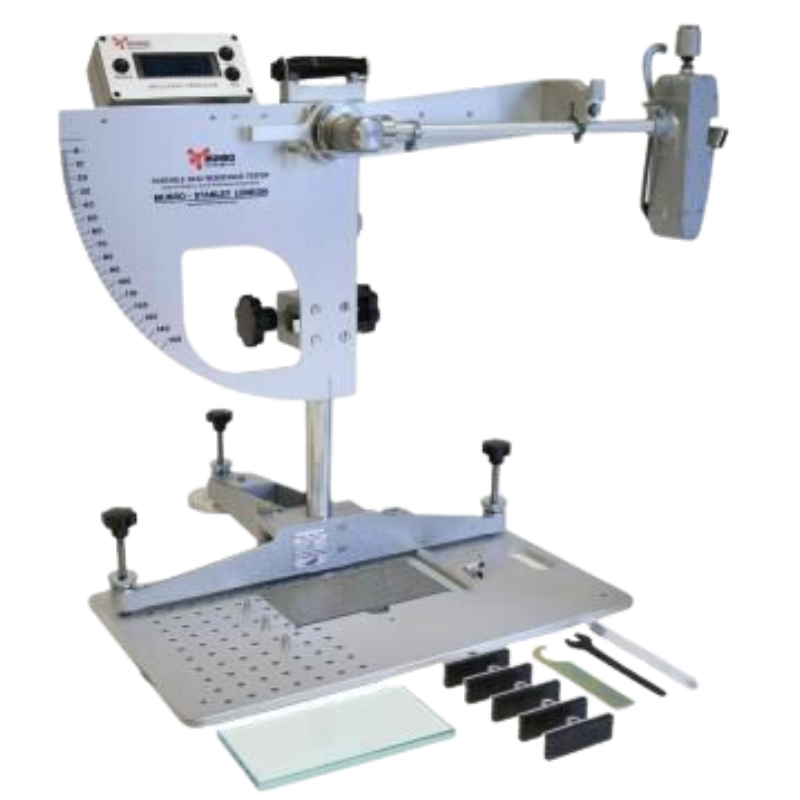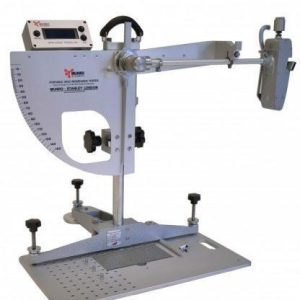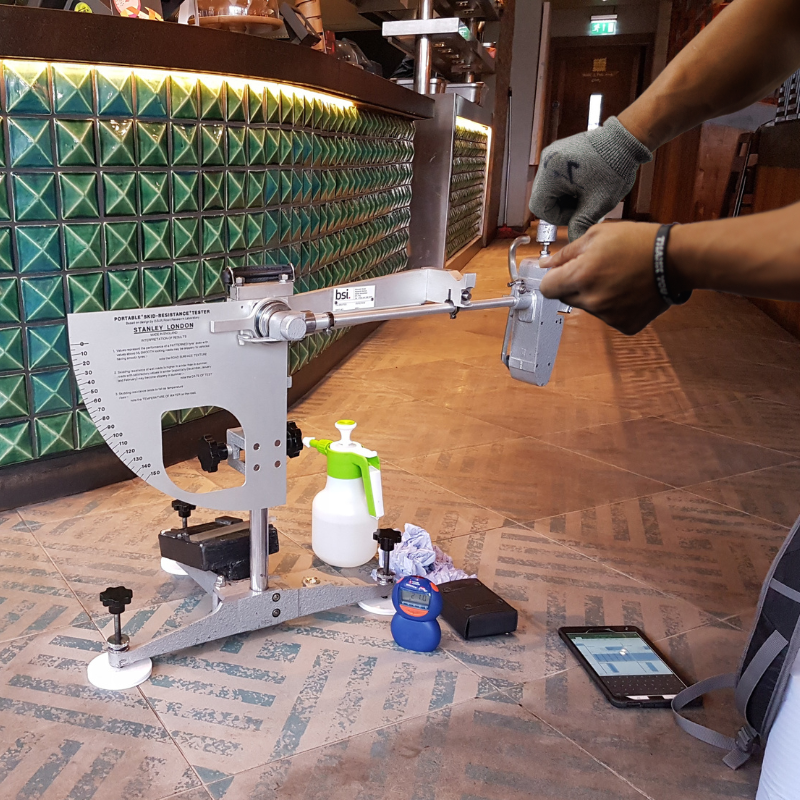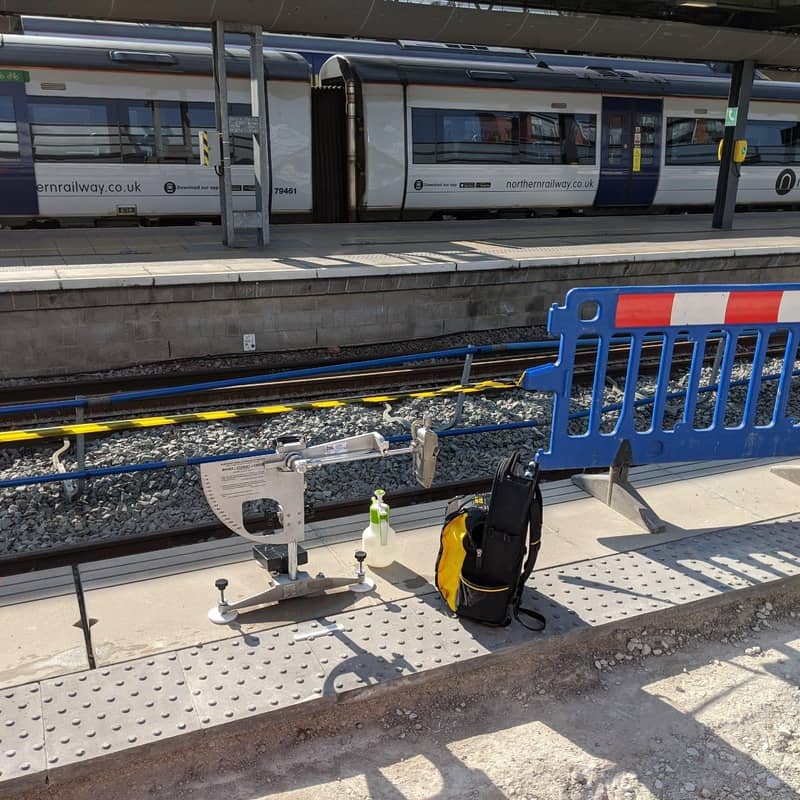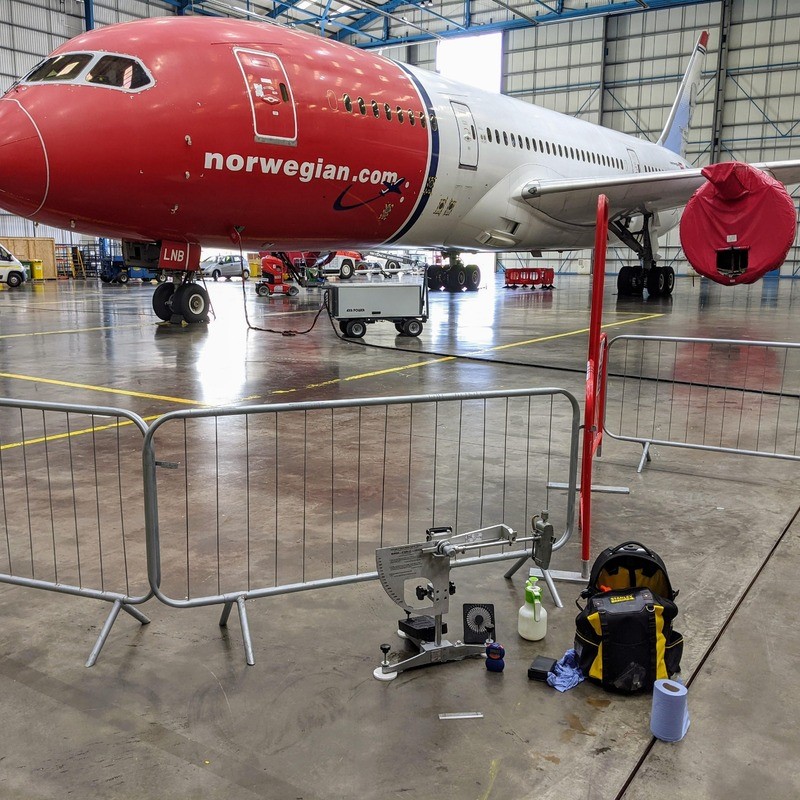Slip resistance is a crucial factor in ensuring safety in various environments, from your home to bustling public spaces. One of the most reliable methods to assess slip resistance is the Pendulum Slip Rating Test. But what exactly is this test, and why is it so important?
History of Slip Resistance Testing
Before diving into the specifics of the Pendulum Slip Rating Test, it’s worth looking back at the history of slip resistance testing. Early methods were quite rudimentary, often involving subjective assessments or simple friction measurements. Over time, as the understanding of slip-related accidents grew, more sophisticated methods were developed, leading to the creation of the Pendulum Slip Rating Test.
What is the Pendulum Slip Rating Test?
The Pendulum Slip Rating Test is a scientific method used to measure the slip resistance of a surface. It is designed to replicate the conditions under which most slips occur, providing an accurate assessment of a surface’s safety. The test involves a pendulum arm with a standardized rubber slider that swings down and makes contact with the test surface, simulating the heel strike of a pedestrian.
How the Pendulum Slip Rating Test Works
The procedure of the Pendulum Slip Rating Test is both fascinating and precise. Here’s a step-by-step breakdown:
- Setup: The pendulum device is set up on the surface to be tested. The rubber slider, representing a shoe sole, is attached to the pendulum arm.
- Calibration: The device is calibrated to ensure accurate results. This involves checking the slider’s condition and the pendulum’s swing.
- Testing: The pendulum arm is released, allowing the rubber slider to swing down and make contact with the surface. The distance the pendulum travels after contacting the surface is measured.
- Result Recording: The measurement, known as the Pendulum Test Value (PTV), indicates the slip resistance. Higher PTVs signify better slip resistance.
Importance of the Pendulum Slip Rating Test
Why is this test so critical? Slip resistance testing is essential for preventing accidents and ensuring compliance with safety regulations. In environments like hospitals, schools, and shopping centers, high slip resistance is vital to protect visitors and staff.
Interpreting Test Results
Understanding the Pendulum Test Value (PTV) is key. Here’s how to interpret the results:
- 0-24 PTV: High slip potential
- 25-35 PTV: Moderate slip potential
- 36+ PTV: Low slip potential
These categories help determine whether a surface is safe or needs improvement.
Applications of the Pendulum Slip Rating Test
The Pendulum Slip Rating Test is used across various industries. In construction, it ensures that floors meet safety standards before buildings are occupied. In healthcare, it helps maintain safe environments for patients and staff. The hospitality industry relies on this test to keep guests safe in areas like hotel lobbies and bathrooms.
Standards and Regulations
Numerous standards govern slip testing. Internationally, standards like the ISO 13287:2012 provide guidelines. Regionally, organizations like the American National Standards Institute (ANSI) and the British Standards Institution (BSI) set specific requirements.
Advantages of the Pendulum Slip Rating Test
The pendulum test is lauded for its accuracy and reliability. It’s a cost-effective method that provides quick results, making it a popular choice for many industries.

